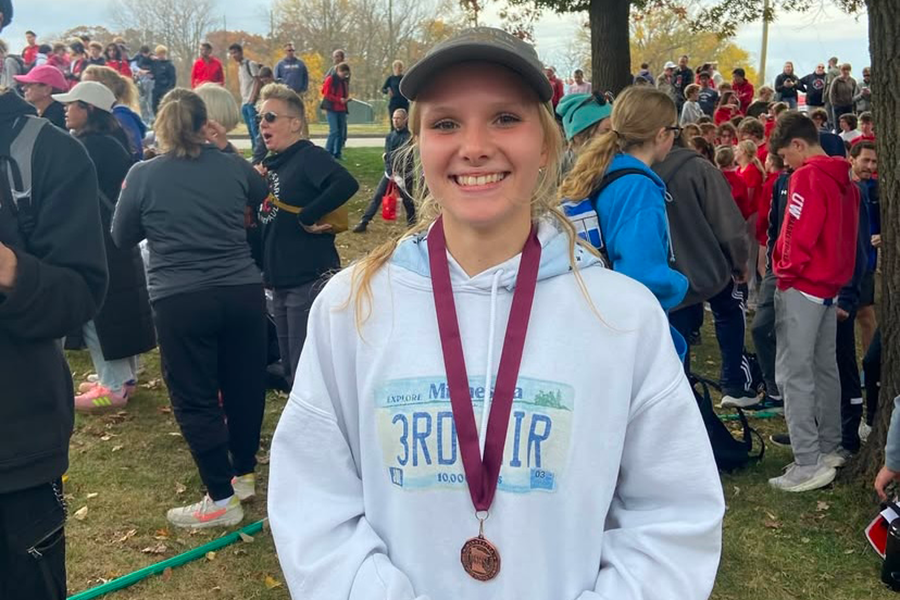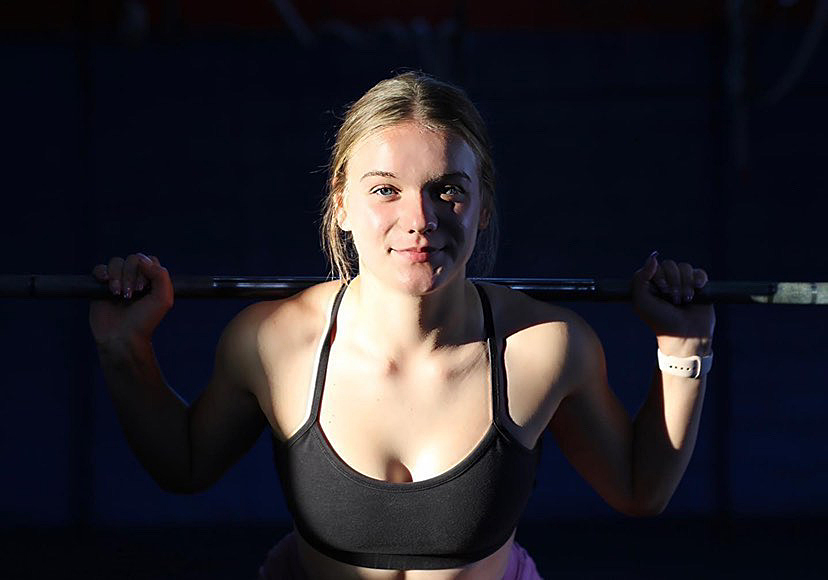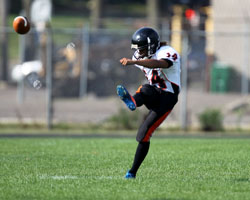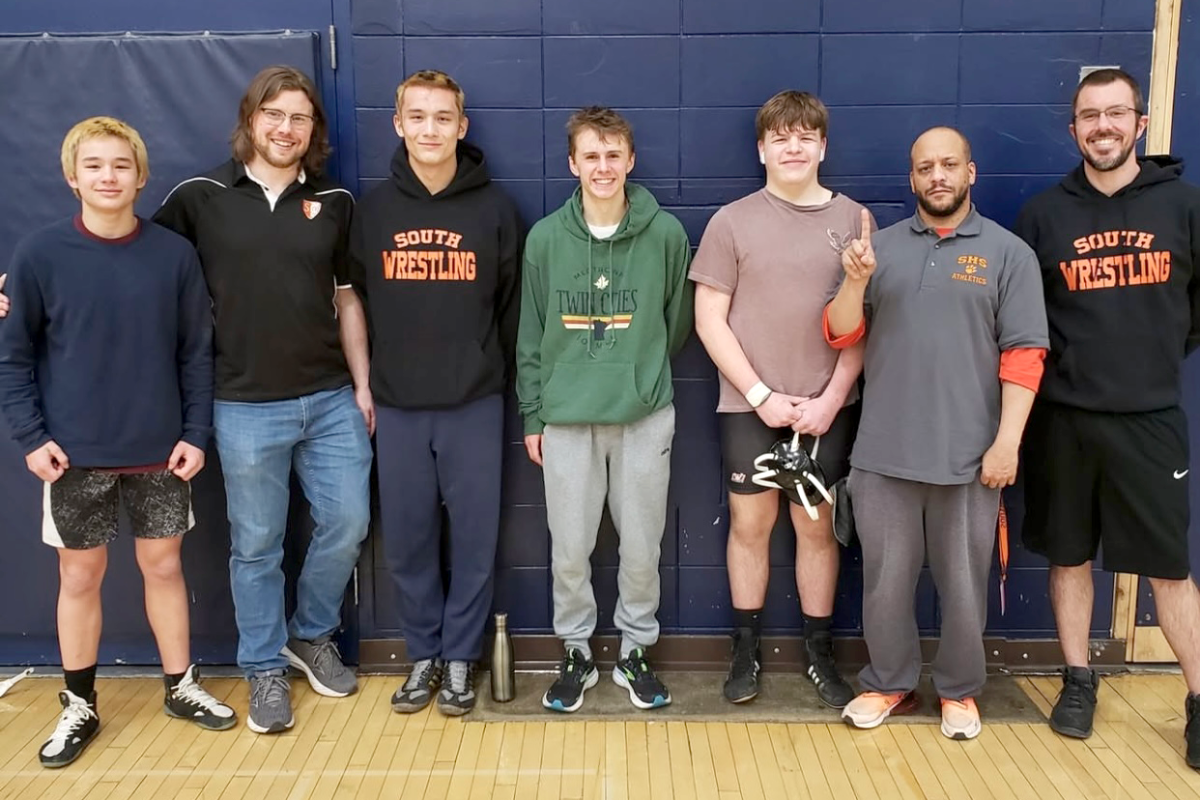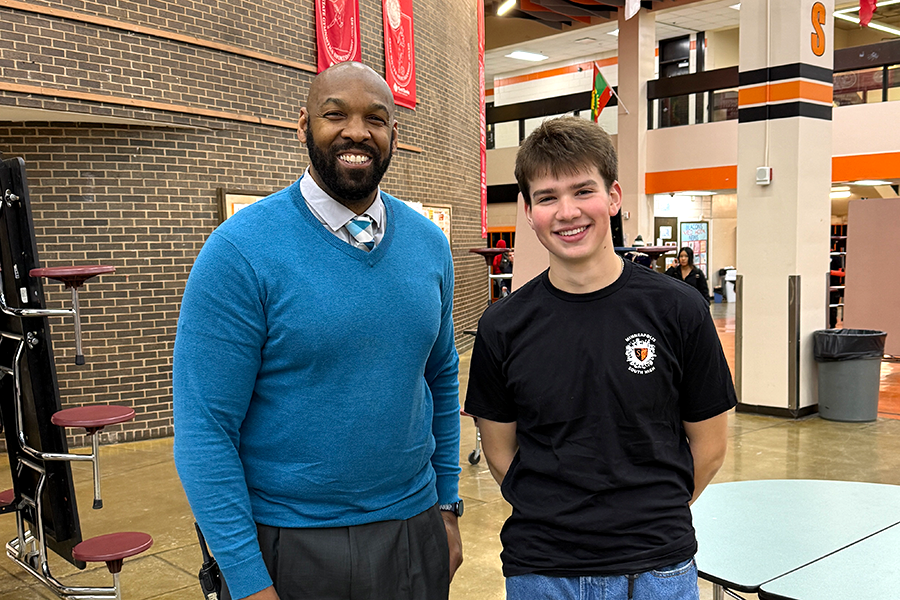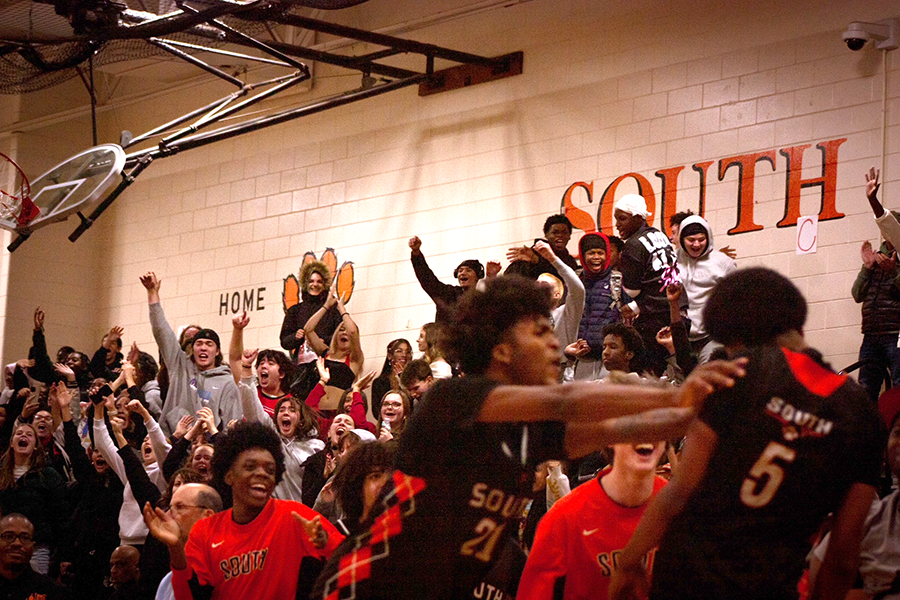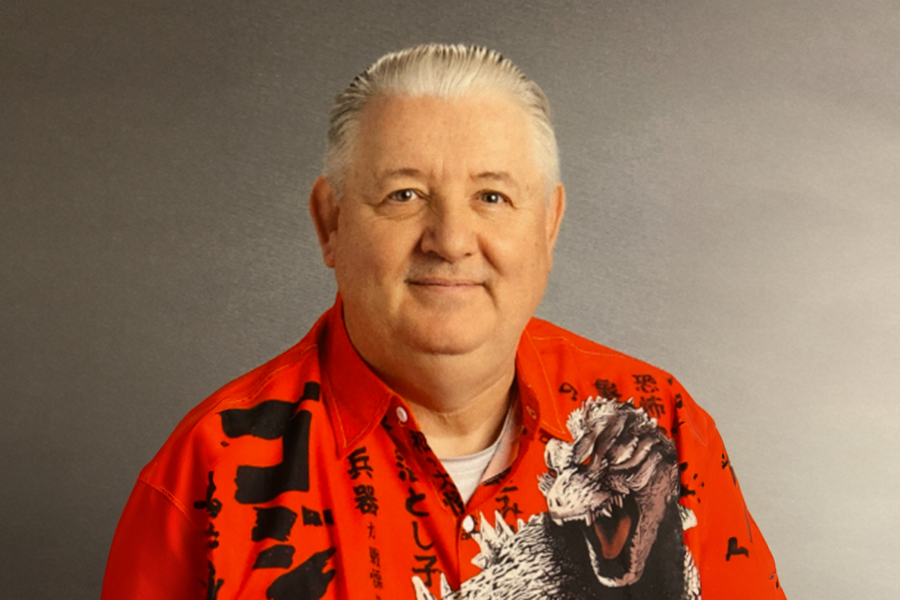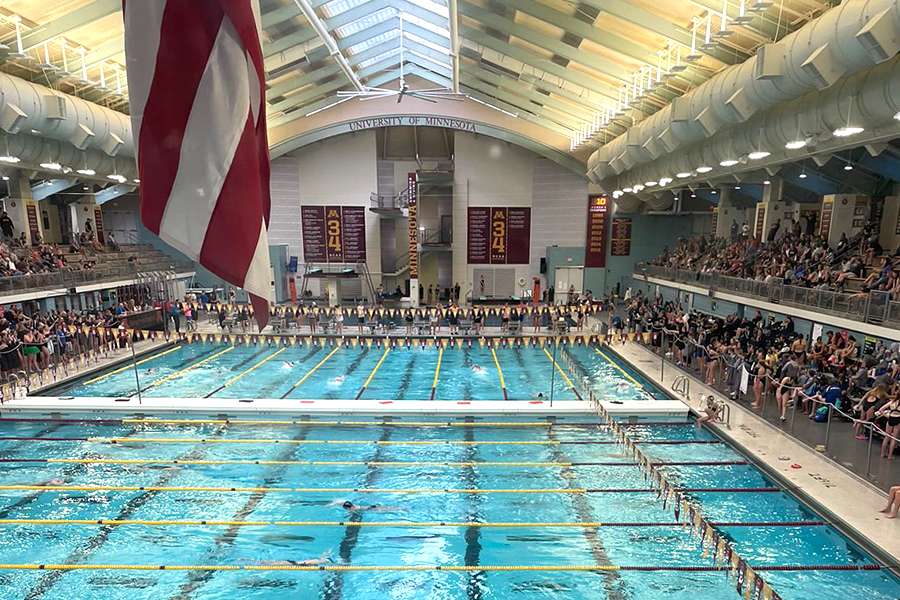“The track is definitely wack,” said junior Clara Schultz, “I mean, there are some serious notebook-sized holes where you can straight up see the cement. That can’t be very good for runners.” At a size that does not comply with international standards and in a state of disrepair that has caused injuries for runners, the track at South’s Barnard Field is well below par, and it is having an impact on the track and field team.
Re-built in the 1970s, South’s track is thinner than most high school tracks with only six running lanes. The surface of the track itself, despite a vigilant effort by an upstanding engineering crew, is eroding quickly, and has been re-surfaced several times in the past few years.
“It takes that whole experience of getting to run for my school in home meets away,” begrudges senior captain Abdulfatha Sameru, “most of our meets are really far away in the suburbs, and every year the city meet is held at Southwest.” Sameru went on to say that, “this wouldn’t be a problem if we had a more dedicated fan base, but since we don’t have home meets, it makes it harder for people to come and see us compete.”
Athletic Director Mark Sanders stated that “the track is regulation distance, the real issue is the width. We only have 6 lanes.” The International Association of Athletics Federations regulation for high school tracks states that a track is supposed to be 8 lanes, but, according to Sanders, “the footprint we have for athletic facilities are too small, and we honestly just don’t have enough space for a track and competitive field space for soccer and football.”
Sanders has tried to change the amount of space that South gets for its athletics, but “the only way we could get more space is by joining the school and [the field], and I’ve been trying to do that for some years now. Technically [the track] is supposed to get resurfaced in 2014, but I am trying to move that date up.”
Senior captain Deanna Smith agrees with Sameru. “I don’t think it really affects morale, and people still really try to come out. It still is a bummer though,” she said. Smith also thinks that “if we had meets at South it would help generate a lot of money for the school. All the people that would come, and all the tickets and food we sell would really help the school financially.”
“It’s not a question of whether or not we can have a meet here, because it would be theoretically possible, but since we only have 6 lanes, the meet would have to be much longer, and since we don’t have lighting equipment, the logistics of it would be incredibly difficult,” said Sanders, “we are truly at the mercy of the district, because I put track maintenance on my needs list to the district every year.”
Smith is the captain of the discus team, and feels especially frustrated now that the practice field is closed. “We normally practice there and now that it’s closed, there just isn’t enough room for us to practice on the field with the pole-vaulters and other events,” she stated.
Sameru also feels that the quality of the track is more of a liability than it is a benefit. “Every workout we do on the track here is a disadvantage. The surface is not as supportive as it should be so lots of people develop shin splints. That could be avoided by running on a different terrain.”
As a result, the team trains somewhere else. “We do a lot of our training at Powderhorn. It’s not as good as being able to run on a track, but at least we can’t hurt ourselves from running on grass,” Sameru said, “it’s still bad for the other events though, the hurdlers pretty much have to train on the track.”
Sameru went on to say that “new kids don’t really notice, or really mind, but once they get experienced they start to notice the differences between our track and the really nice ones in the suburbs.”
Schultz agrees. “When we had our meet in Fairbault, we got on their track and thought ‘wow, this is really squishy! I guess that’s what a track is supposed to feel like.’ But I mean in the long run it doesn’t matter that much. For the distance runners, it doesn’t matter that much. We do most of our training off-track anyways, and running on grass is better for you,” she said.
Assistant Athletic Director Tony Stewart said that, “back when I was a student here, the track was even worse, not even comparable to the one today.” He does feel that “the district doesn’t really have enough money for everything, so they end up cutting some corners.”
Sameru said that the team makes use of the resources that are available to them by practicing at Powderhorn and also at the Midtown YWCA, but notes that the Y does not provide the best track and field experience for students, something Smith agrees with. That being said, the team still has success at the Y, and other places they compete. Sameru said, “it really shouldn’t be a big deal, I mean at the end of a day running is running. And that’s all it really should be.”

